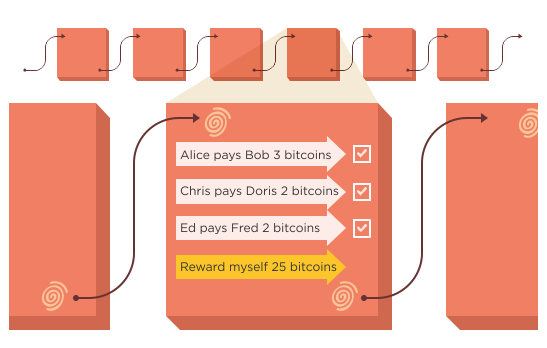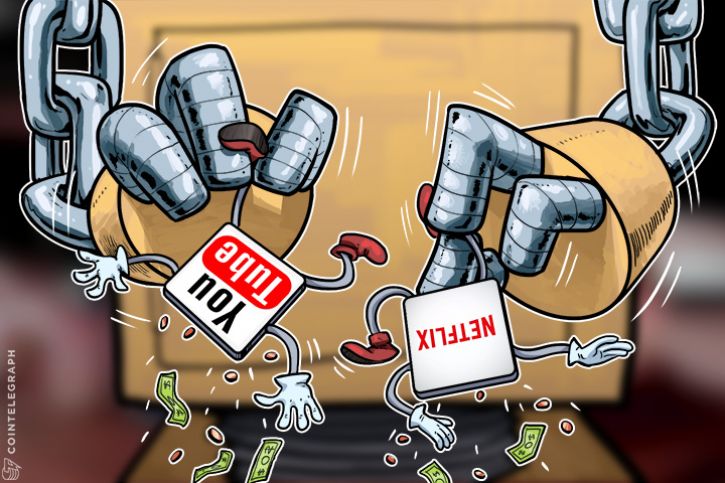In the context of data security, the immutability of data stored on blockchains is important. What do people mean when they say “Blockchains are immutable”? In this post I try to explain the key concepts.
It may be useful to read introductions to blockchains and Bitcoin if you have just arrived here or are unfamiliar with them.
WHAT IS IMMUTABILITY?
Immutable means that something is unchanging over time or unable to be changed.
So in our context, it means once data has been written to a blockchain no one, not even a system administrator, can change it. This provides benefits for audit. As a provider of data you can prove that your data hasn’t been altered, and as a recipient of data you can be sure that the data hasn’t been altered. These benefits are useful for databases of financial transactions.
Immutability is relative. For example if I send an email to a large list of friends, that data is pretty immutable from my perspective. To change it, I’d have to persuade my friends each to delete the email (or persuade Gmail and the people running all the mailservers of my friends). From my perspective, and with the control I have, that email is immutable – I can’t unsend or revoke it without collaboration and risk of detection.
So immutability is relative, and relates to how hard something is to change.
PRIVATE DATABASES
With a private database, an end-user may have read-only access. She will not be able to change the contents of a row in that database. However, someone with higher privileged access like a systems administrator may be able to change the data. So how do we currently manage the risk of a naughty systems administrator changing data to his advantage? In existing systems and organisations, we try to create segregations of responsibility, so that no single person can do something bad undetected.
For example an administrator may have access to change the database, but the logs may be stored on another system which is owned and managed by someone else. These organisational systems are put in place to deter that individual from making the changes. We need to trust that the organisational system works. However there is no control mechanism making the data immutable in the first place.
Enter blockchains.
BLOCKCHAINS
Blockchains are essentially databases with some inbuilt pre-agreed technical and business logic criteria, kept in sync via peer-to-peer mechanisms and pre-agreed rules about what new data can be added. With respect to immutability, there are two key ideas that help to make tampering easy to detect: hashes and blocks.
Source/More: A gentle introduction to immutability of blockchains – Bits on Blocks















